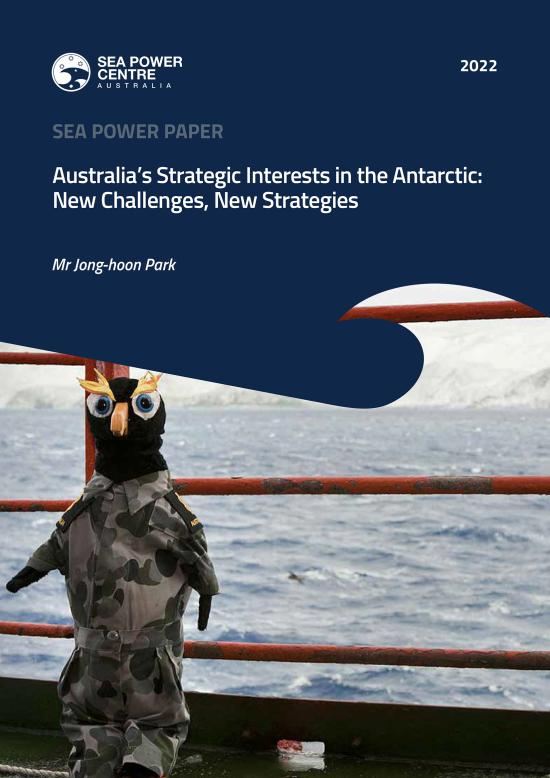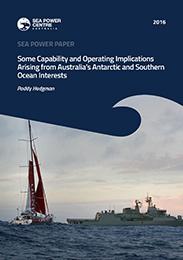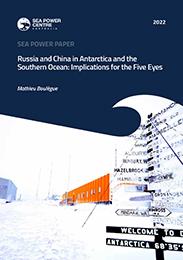The report analyses Australia’s strategic thinking towards Antarctica through a qualitative document analysis of national security policy documents since the ATS’ establishment in 1961. It also uses a range of sources from academic journals and publications as well as think-tanks to examine Antarctica’s role in the international system, Russia’s escalating Antarctic engagement over the past decade, and in critically assessing Australia’s geostrategic position. The findings suggest that Antarctica has and continues to hold a low-profile in Australia’s strategic thinking due to the minimal attention the continent has received in national security documents.



